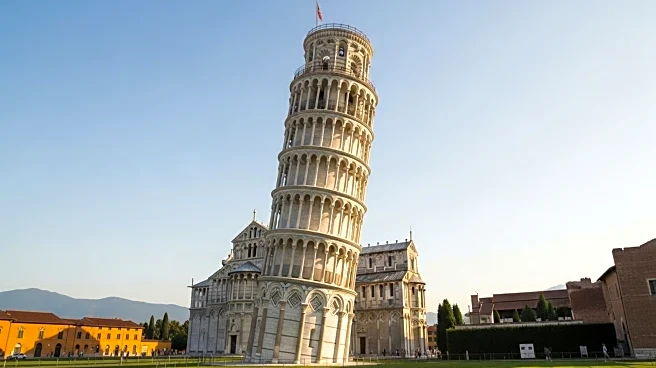The Leaning Tower of Pisa's history is marked by significant milestones that have shaped its legacy as an architectural wonder. From its early construction phases to recent preservation efforts, these milestones highlight the tower's resilience and enduring appeal.
Early Milestones
Construction of the Leaning Tower of Pisa began in 1173, marking the first milestone in its history. The initial phase focused on laying the foundation, which later proved to be unstable, causing the tower's infamous tilt. Despite this challenge, the project continued, showcasing the determination of its builders.
Breakthrough Moments
A breakthrough moment in the tower's history occurred in the late 16th century when Galileo conducted his gravity experiment. This event demonstrated the principles of gravity and further cemented the tower's place in scientific history.
Recent Developments
Recent developments in the tower's history include preservation efforts to stabilize its lean. Modern engineering techniques have been employed to ensure the tower's structural integrity, allowing it to remain a safe and accessible tourist attraction.
Lasting Impact
The lasting impact of the Leaning Tower of Pisa is evident in its continued popularity and influence. As a UNESCO World Heritage site, the tower attracts millions of visitors annually, serving as a symbol of architectural innovation and historical significance.
 Discover Daily • 7 min read
Discover Daily • 7 min read 









